Overview:
Wood floors are one of the most challenging materials to restore after water damage due to their sensitivity to moisture, construction complexity, and risk of permanent deformation. This hands-on course equips restoration professionals with practical techniques and standards-based approaches to properly assess, dry, and document water-damaged wood flooring systems.
Learning Outcomes: Participants will:
Understand how different wood species (e.g., oak, pine, bamboo) respond to moisture
Learn the principles of kiln drying and equilibrium moisture content (EMC)
Apply the correct methods to dry solid, engineered, and hybrid wood floors
Use pin-type, pinless, and thermographic moisture testing tools accurately
Implement drying systems such as floor mats, tenting, and desiccant dehumidifiers
Conduct thorough moisture mapping and documentation
Align drying strategies with standards including IICRC S500, AS 1884, AS 1080.1, and ASTM F2170
Address safety and health concerns, including silica dust compliance during subfloor access
Target Audience:
Water Damage Restoration Technicians
Flooring Installers and Contractors
Building and IAQ Inspectors
Insurance Assessors and Consultants
Course Modules:
Introduction to Wood Flooring Systems
Wood Species Identification & Moisture Behaviour
Kiln Drying vs. On-Site Drying
Moisture Testing Methods & EMC
Drying Equipment & Strategies (Mats, Tenting, Desiccants)
Safety, Silica Dust, and WHS Compliance
Documentation, Standards, and Legal Considerations
Real-World Case Studies and Assessment
Standards Referenced:
IICRC S500: Professional Water Damage Restoration
AS 1884: Resilient Flooring Installation
AS 1080.1: Timber – Moisture Content Testing
ASTM F2170: In-situ RH Testing in Concrete
Introduction to Wood and Moisture
Understanding Wood Floor Systems (Solid, Engineered, Hybrid)
How Wood Reacts to Moisture – EMC and Expansion
Water Intrusion Scenarios and Classification (S500)
Moisture Measurement Techniques
Drying Technologies and Approaches
Safety, PPE & Site Controls
Monitoring, Documentation, and Standards Compliance
Case Studies & Problem Solving
Assessment / Certification

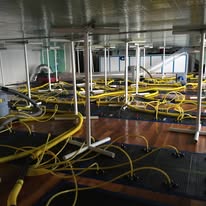
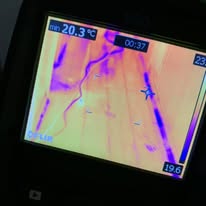
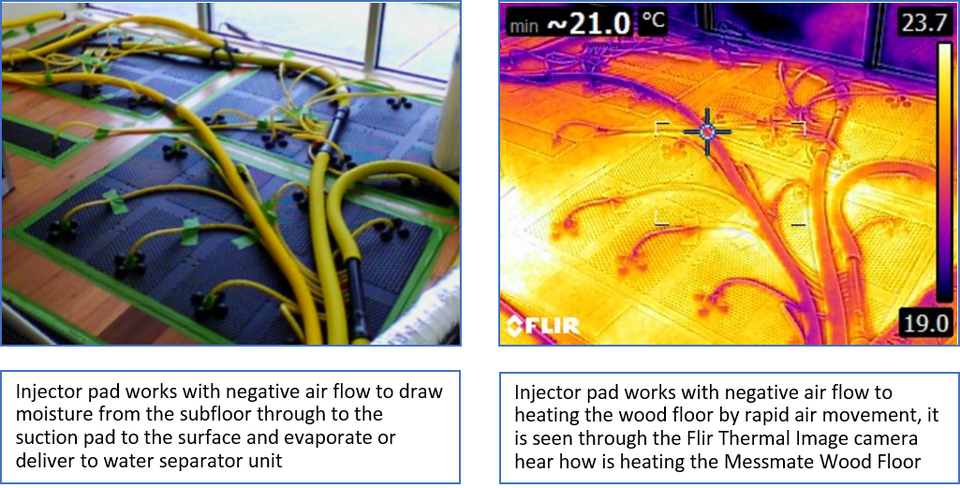
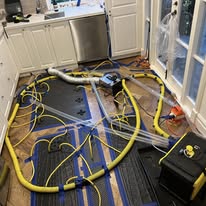
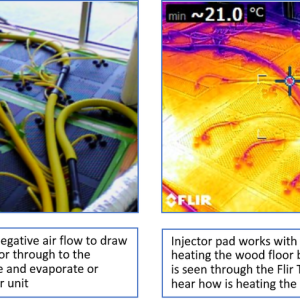

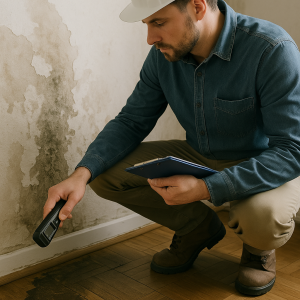

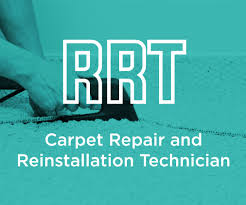
Reviews
There are no reviews yet.